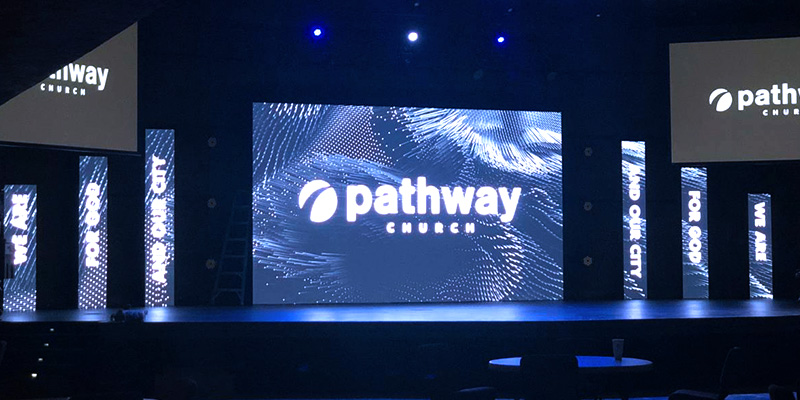A Comprehensive Comparison of Different LED Display Wall Techniques and Their Applications
A Comprehensive Comparison of Different LED Display Wall Techniques and Their Applications
Blog Article
LED display screens are increasingly common across various settings, such as music events, athletic competitions, and corporate meetings. These large large displays consist of composed of numerous individual LED modules which function collectively to create a single unified image. Various different types of Light Emitting Diode display screen solutions available, each with its own features and benefits. Grasping these technologies can help companies and organizations choose the right solution for their particular requirements.
One frequent kind of LED video screen technology is the directly viewed LED. Such technology uses separate Light Emitting Diode units that are placed near in proximity to form a big display. Direct view Light Emitting Diode screens are recognized for their high luminosity as well as vibrant hues, making them ideal for external events or well-lit illuminated environments. They also have a broad viewing perspective, allowing means that people can see the screen distinctly from various positions. This renders direct view Light Emitting Diode walls a popular option for stadiums and external events.
Another type of Light Emitting Diode display screen technology is the LED-backlit LCD. Such technology merges traditional LCD displays and LED backlighting to enhance luminosity as well as hue precision. LED-backlit LCDs are often utilized in interior settings, including retail centers as well as conference rooms. These displays provide superior visual clarity while are generally more affordable than direct view LED screens. Nonetheless, they may often function as well in bright environments, as the illumination can occasionally dull the hues.
A third option is the Organic Light Emitting Diode display screen. OLED solution offers exceptional contrast as well as color depth in relation to alternative kinds of screens. Every dot in an Organic Light Emitting Diode screen emits its own light, enabling for genuine dark tones led video wall for advertising campaigns as well as lively hues. Such makes OLED video screens especially attractive for uses which demand premium images, including art galleries or luxury retail outlets. However, OLED technology can be more expensive and may not be as bright as direct view LED screens, making it not suitable for outdoor applications.
In addition to these technologies, various additionally multiple applications for LED display screens. They can be used for advertising, amusement, as well as data presentation. For example, businesses commonly utilize LED video screens for electronic advertising to attract customers and advertise products. Within amusement, they enhance the sight experience at concerts as well as gatherings, providing dynamic backdrops and engaging images. Within corporate environments, Light Emitting Diode video walls can be used for demonstrations, video conferencing, as well as educational sessions, aiding to communicate information in a aesthetically appealing way.
To summarize, LED video screens are available in various technologies, each with its unique benefits and applications. Directly viewed LED walls are great for external use, while LED illuminated LCDs are more suitable for interior environments. OLED display walls offer exceptional visual clarity yet may come at a higher cost. Understanding the differences variations can assist organizations to make informed decisions about the best type of Light Emitting Diode display wall most meets their requirements, whether for advertising, amusement, or business applications.